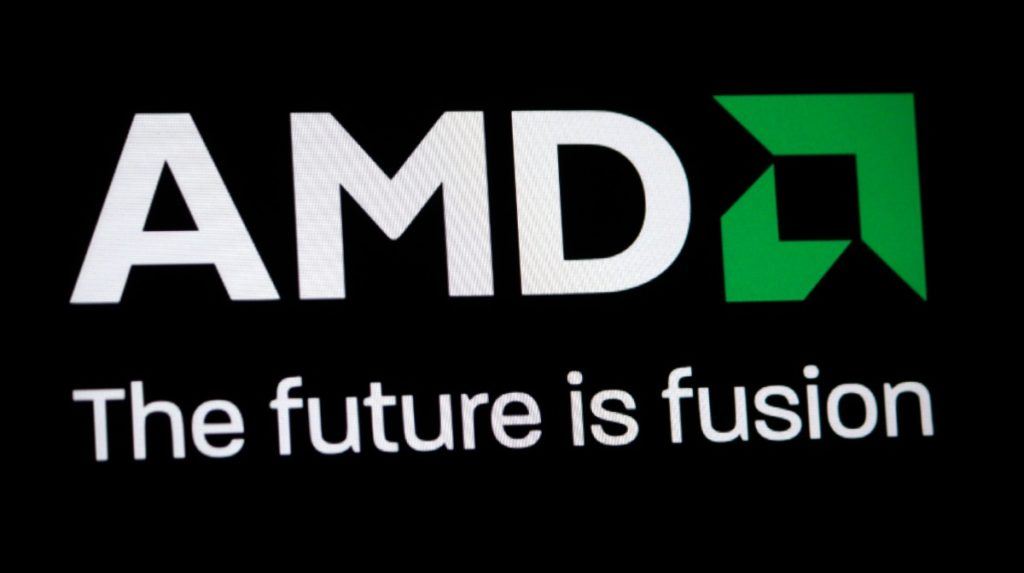

The company does expect to benefit from some of the shared performance tuning efforts between PC and the new consoles, namely the Sony PS5 and Microsoft Xbox Series X.ĪtomicWAR said:Execpt that didn't happen with the with their drivers after the launch of XB1/PS4/WiiU. But we’ll have to wait to learn more details.ĪMD says that game developers will have to optimize for the Smart Memory Access feature, which means it could take six to twelve months before we see games optimized for the new tech.

The Infinity Cache also boosts ray tracing performance considerably, as more of the working data set is kept closer to the compute units to ‘feed the beast,’ as it were.ĪMD’s Radeon RX 6000 will also support the DirectStorage API, which reduces game load times, and it’s possible that explosive latency-reducing storage tech could benefit from the Smart Memory Access feature, too, giving AMD yet another advantage. Unlocking better performance scaling with higher clock speeds means one big thing to enthusiasts: Bigger gains from overclocking, which is where AMD’s new Rage Mode auto-overclocking software comes in.ĪMD sees this new Smart Access Memory and Infinity Cache tech as satisfying the increasing needs for increased data throughput due to the shift to larger resolutions, like 4K gaming. AMD feels the Infinity Cache is a better engineering investment than going with a more expensive solution, like using wider and faster memory (i.e., HBM memories).ĪMD says the Infinity Cache boosts performance-per-clock scaling as frequency increases largely because the GPU is less constrained by external memory bandwidth limits. Surprisingly, AMD tells us that the Infinity Cache is based on the Zen CPU’s 元 cache design, which means it comes as the fruits of AMD’s cross-pollination between its CPU and GPU teams. Naturally, pairing that large cache and using it as a landing pad for data flowing in from the CPU via the Smart Memory Access feature will obviously yield big throughput benefits.

Overall, AMD says the Infinity Cache equates to a 10% increase in power efficiency and doubles the bandwidth (117% increase) at lower power than traditional memory. The new Infinity Cache leverages the GPU's redesigned data paths to aggressively maximize performance while minimizing data movement and power within the GPU. It isn’t clear if the new cache is implemented in an 元 or L4-esque manner, but AMD does say the high-speed, high-density memory holds more data close to the compute units, thus increasing hit rates, which then boosts performance-per-clock. AMD also isn’t sharing the fine-grained details of its Infinity Cache, but we do know that the 128MB cache essentially serves as a large on-die frame buffer that is transparent to developers. Pairing this enhanced data transfer performance with the new 128MB Infinity Cache could yield a massive boost to throughput between the CPU and GPU.


 0 kommentar(er)
0 kommentar(er)
